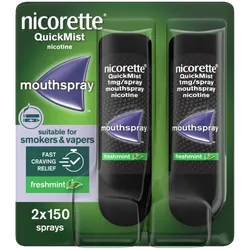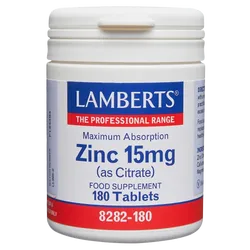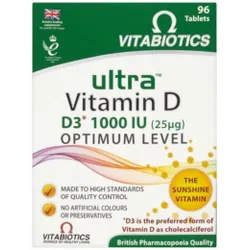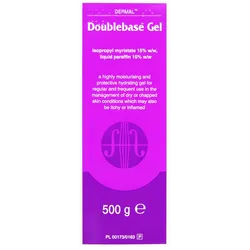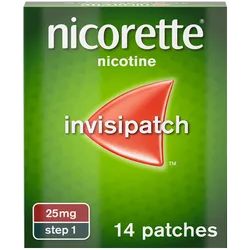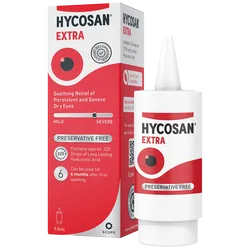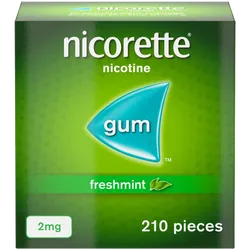Do not use Nicorette Gum if you have an allergy to nicotine or any of the other ingredients.
Talk to your doctor, nurse or pharmacist:
- if you are pregnant or breast-feeding – you may be able to use nicotine replacement therapy (NRT) to help you give up smoking but you should try to give up without it.
- if you are in hospital because of heart disease (including heart attack, disorders of heart rate or rhythm, or stroke). In other heart conditions not requiring you to be in hospital, using NRT is better than continuing to smoke.
- if you have a stomach ulcer, duodenal ulcer, inflammation of the stomach or inflammation of the oesophagus (passage between the mouth and stomach).
- if you have liver or kidney disease.
- if you have an overactive thyroid gland or have a phaeochromocytoma (a tumour of the adrenal gland that can affect blood pressure) – your doctor will have told you this.
- if you have diabetes – monitor your blood sugar levels more often when starting to use Nicorette Gum as you may find your insulin or medication requirements alter.
- if you are taking other medicines such as theophylline, clozapine or ropinirole. Stopping smoking or cutting down may require the dose of these medicines to be adjusted.
The chewing gum base contains butylated hydroxy toluene (E321), an anti-oxidant. May cause local skin reactions (e.g. contact dermatitis) or irritation to the eyes and mucous membranes.
Nicorette Gum contains sorbitol. If you have been told by your doctor that you have an intolerance to some sugars, talk to your doctor before taking this medicine.
If you are pregnant: ideally, you should try to give up smoking without NRT. If you can’t manage this, you can use NRT as the risks to your baby are far less than smoking, however you should talk to your doctor, nurse or pharmacist for advice.
Products that are used intermittently may be preferable to nicotine patches. However, patches may be more suitable if you have nausea or sickness. If you do use patches take them off before going to bed at night.
If you are breast-feeding: ideally, you should try to give up smoking without NRT. If you can’t manage this you are best to use NRT products that are taken intermittently (not patches), however you should talk to your doctor, nurse or pharmacist for advice.
Breast-feed just before you use Nicorette Gum to ensure that the baby gets the smallest amount of nicotine possible.
If you do need to use NRT to help you quit, the amount of nicotine that the baby may receive is considerably smaller and less harmful than the second-hand smoke they would inhale if you smoked. Tobacco smoke produces breathing and other problems in babies and children.
If you have used more than the recommended dosage you may experience nausea (feeling sick), salivation, pain in your abdomen, diarrhoea, sweating, headache, dizziness, hearing disturbance or weakness.
If you do get any of these effects contact a doctor or your nearest hospital Accident and Emergency department immediately. Take the leaflet and pack with you.
Contact a doctor or your nearest hospital Accident and Emergency department immediately if a child under 12 years uses, chews or swallows this medicine. Take the leaflet and pack with you. Nicotine ingestion by a child may result in severe poisoning.
Possible side-effects
Like all medicines, Nicorette Gum can have side-effects.
As many of the effects are due to nicotine, they can also occur when nicotine is obtained by smoking.
Effects related to stopping smoking (nicotine withdrawal)
You may experience unwanted effects because by stopping smoking you have reduced the amount of nicotine you are taking. You may also experience these effects if you under use Nicorette Gum before you are ready to reduce your nicotine intake.
These effects include: irritability or aggression, feeling low, anxiety, restlessness, poor concentration, increased appetite or weight gain, urges to smoke (craving), night time awakening or sleep disturbance and lowering of heart rate.
Effects of too much nicotine
You may also get these effects if you are not used to inhaling tobacco smoke.
These effects include: feeling faint, feeling sick (nausea), headache and hiccupping (due to excessive swallowing of nicotine).
Side-effects of Nicorette Gum
Nicorette Gum can sometimes cause a slight irritation of the throat at the start of the treatment. It may also cause increased salivation. The gum may occasionally stick to dentures and in rare cases damage them.
Very common side-effects
(more than 1 in every 10 people are affected):
headache, sore mouth or throat, jaw-muscle ache, stomach discomfort, feeling sick (nausea) and hiccups.
Common side-effects
(less than 1 in every 10 people are affected): dizziness and sickness (vomiting).
Uncommon side-effect
(less than 1 in every 100 people are affected): hives (urticaria),redness or itching of the skin and chest palpitations.
Rare side-effects
(less than 1 in 1,000 people are affected):
allergic reactions (swelling of the mouth, lips, throat and tongue, itching of the skin, swelling of skin, ulceration and inflammation of the lining of the mouth).
Very rare side-effects
(less than 1 in 10,000 people are affected): abnormal beating of the heart.
If you notice these or any other unwanted effects not listed in this leaflet tell your doctor, nurse or pharmacist.
When you stop smoking you may also develop mouth ulcers. The reason why this happens is unknown.
Keep Nicorette Gum out of reach and sight of children and animals. Nicotine in high doses can be very dangerous and sometimes fatal if taken by small children.
Do not store Nicorette Gum above 25°C.
Do not use the gum after the ‘Use before’ date on the box or blister strip.
Dispose of Nicorette Gum sensibly.
Medicines should not be disposed of via waster water or household waste. Ask your pharmacist how to dispose of medicines no longer required. These measures will help to protect the environment.

